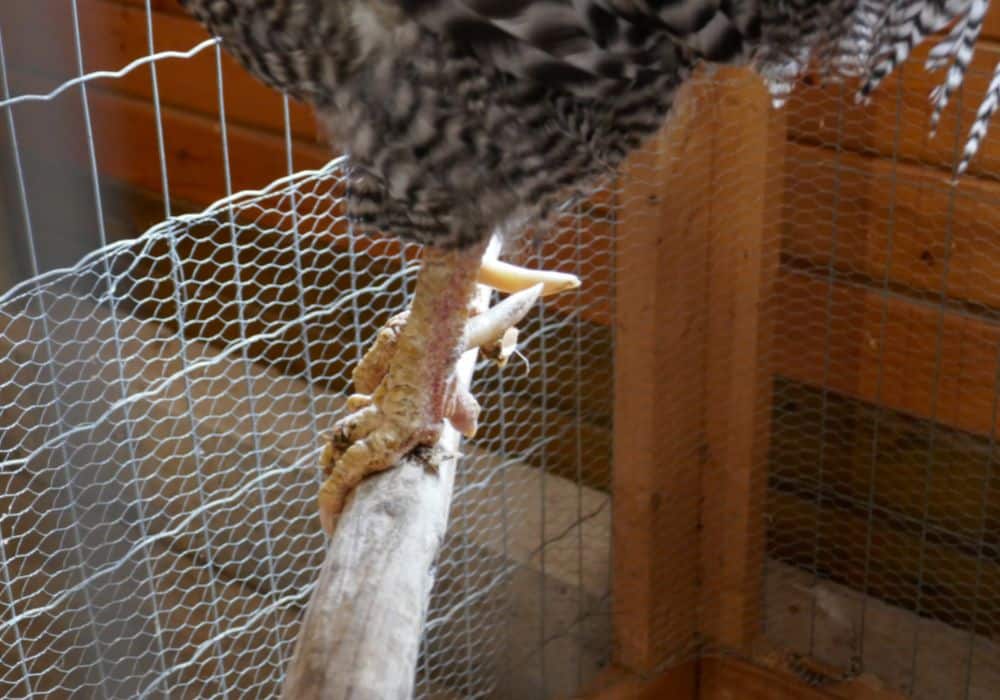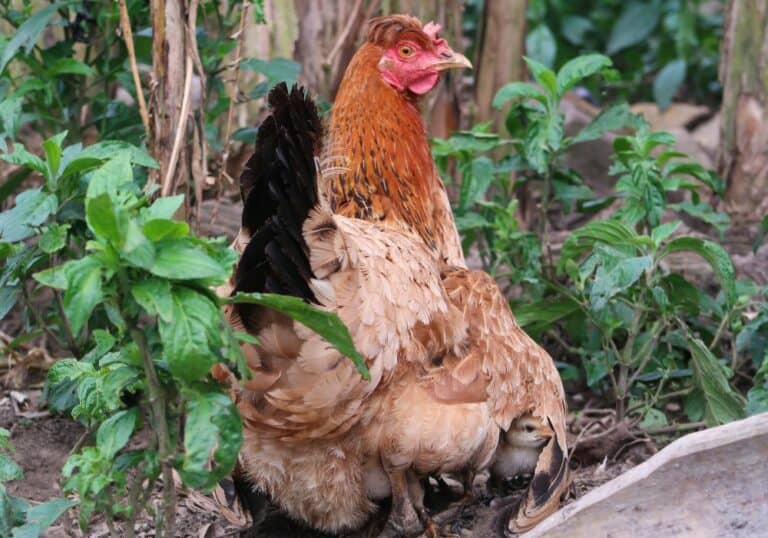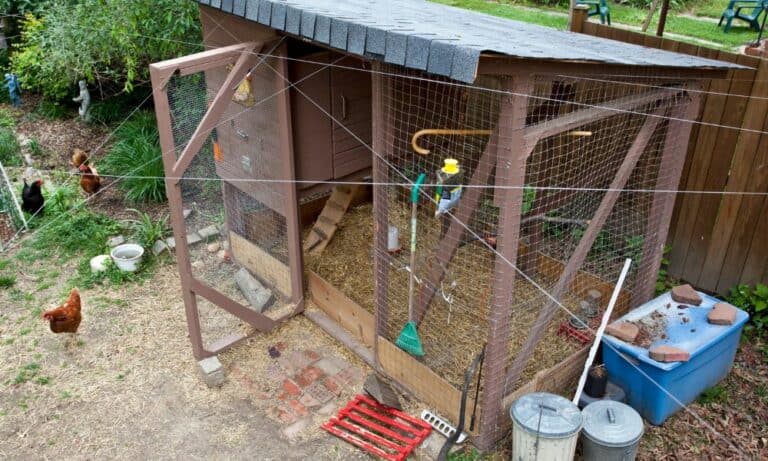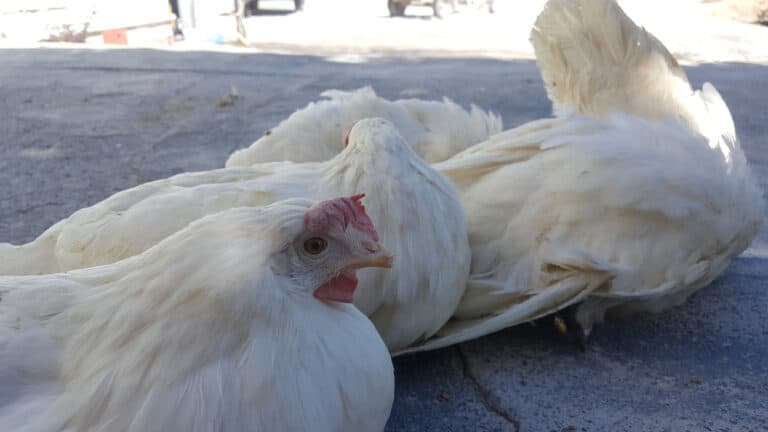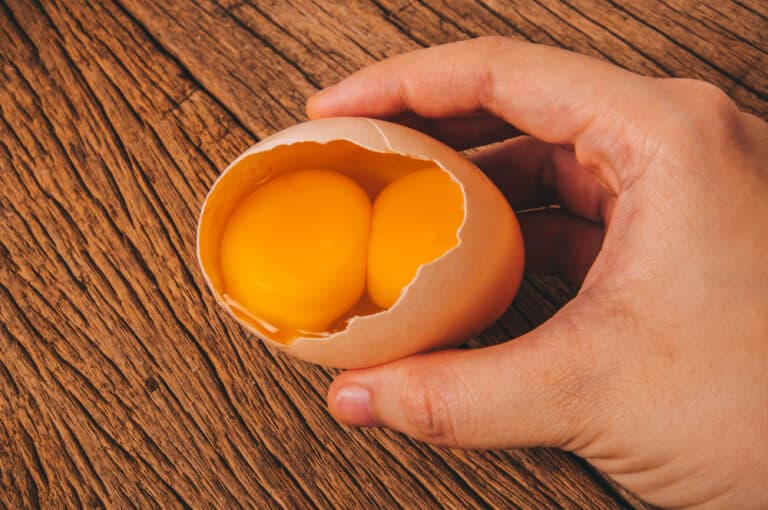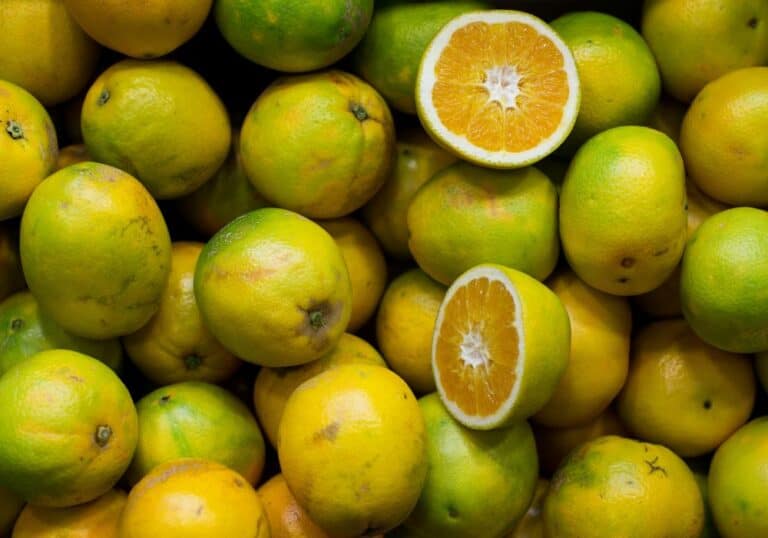Being a part of the world of chicken farming has a strange effect on one’s ability to make a new vocabulary happen. For many people, the term “spur” means a road design. With chicken keepers, it means the clawed keratin talon at the back of a rooster’s leg.
In the olden ages, rooster spurs were used a lot like claws and nails. They were there to help protect the flock from predators. However, today, this is not the case. Rooster spurs can cause a lot of pain for roosters and chickens alike.
In many cases, you may need to remove those spurs to keep your birds safe. Let’s talk about spur removal, shall we?
Do you need a veterinarian to remove a spur?
No, you don’t need to call a vet to remove a spur. Though they may look like they are a part of your rooster’s leg bone, spurs are actually made of thick keratin—much like human toenails or hair.
It does not hurt roosters to superficially remove spurs. In fact, you can remove most of the spur sheath without any type of harm. It’s only when you look for permanent removal that a vet’s handiwork may be required.
How do you remove a rooster’s spurs?
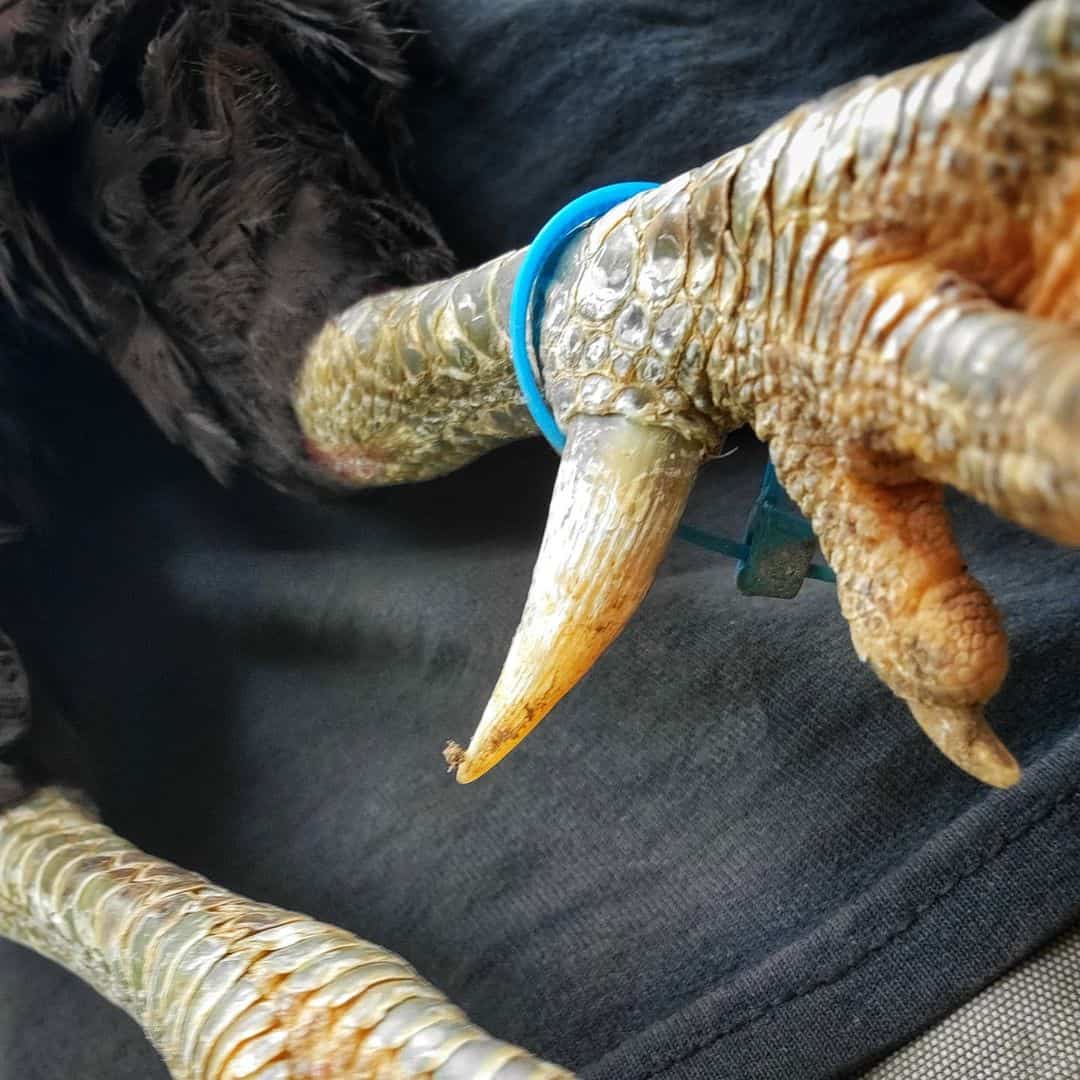
There are several ways to do this. Here’s how you can get rid of spurs without harming your rooster.
1. The Potato Trick
The enzymes in cooked potatoes help soften the keratin in rooster spurs. The same can be said for the hot moisture of a cooked potato. Knowing this, you can use a cooked potato to remove the spur.
- First, cook the potato until it is ready to eat.
- Wrap the rooster in towels to hold him in place. No need to grip too hard. This is just to make sure he doesn’t flail in self-defense.
- Place the potato over the spur of the rooster. Keep the potato there for 30 seconds.
- Twist and pull the spur off. Some people also prefer to use scissors to trim spurs. Once that’s done, you can file the spur down to the spur bud.
The hot potato method remains a popular (if not very old-school) way to remove chicken spurs. You just may need to have a lot of potatoes on hand to do this.
2. Using Nail Clippers
A rooster’s spurs are made from the same material as human fingernails or cats’ claws. This means that you can trim them the same way. Grab a claw clipper (like the ones used for dogs) and trim them down 1/4 inches at a time. Once you see bleeding, stop.
It’s important to get these spurs carefully trimmed, but not to get them trimmed to the bone. That can actually hurt them, cause bleeding, and put them at risk of infections. Using cornstarch or styptic powder can help halt bleeding.
PRO TIP – You might want to grab a filer to help smooth out the spur sheath. Clippers can crack it, making it scratchy and uncomfortable for roosters.
3. Oiling Them Off
If you don’t mind spending a little extra time, dip your rooster’s spurs in olive oil. Let the oil sink through the spurs, softening them. Then, twist and pop the spurs off. Top the stumps with cornstarch or styptic powder to prevent bleeding.
4. Using A Pair Of Pliers
Older roosters might have spurs that are particularly amenable to being popped off. In these cases, you just need to get a good grip on them and twist them. It looks painful and uncomfortable, but it apparently isn’t.
Roosters tend to dislike having their spurs finagled with, so if you want to give this a shot, use towels to keep your boy comfy and in place. If you notice bleeding or see that the spurs aren’t coming off easily, consider trimming them.
5. Sand And Shave
The final (and often safest) DIY option you can use to remove a spur from a rooster is to use a high-speed metal filer (or sander) to file down the spurs into a blunt, non-painful stump. This can take a while, but there’s little to no chance of bleeding.
If you just want to blunt a sharp spur or want to avoid causing wounds on your bird, this is the best way to do it. It works, even with sensitive chickens.
6. Full Removal
If you want to avoid having to trim and re-trim your rooster’s spurs, then you might want to call a veterinarian. Vets can surgically remove the part of the bone so that the spurs never grow back.
Since this tends to involve modifying and removing the base of the spur, you need to have a vet do this. It can be pricy, but if you have an aggressive rooster, it may be the easiest way to reduce harm.
Why would you need to remove a rooster’s spurs?
Many chicken breeders consider the removal of spurs to be a sign of good animal care. If you take a close look at the problems that spurs can cause, it makes sense to consider removal—or at the very least, a regular trim. Here’s why:
- Spurs can grow into the leg of a chicken, harming it in the process. We all have heard of rodents that died because their teeth got too long and punctured their bodies. The truth is that this can happen to roosters and spurs. If you notice your rooster limping, it could be a spur digging into them.
- Certain breeds can encourage aggressive rooster behavior. In this case, you need to remove the spur before the rooster in question attacks another bird. In more extreme cases, you may even have a rooster that poses a risk to dogs and people. It is a very valid safety issue to consider.
- In some cases, it can also cause an injury while mating. Those spurs can be sharp enough to hurt hens. The best way to ensure that you can breed your birds without a hitch is to get a little trim going on.
- In the case of rooster sales, getting rid of spurs can help prevent your birds from ending up in the wrong hands. While some cockfighting rings will install metal spurs, many will just leave the natural ones there. Having a spurless rooster decreases interest in fights.
- Certain roosters may also suffer mobility issues as a result of their spurs. If a spur doesn’t grow correctly, then it could make their ability to walk suffer. It doesn’t even have to grow into the bird’s leg. Sometimes, it’s a matter of just having a down-pointing spur.
Additional Tips For Rooster Spur Care
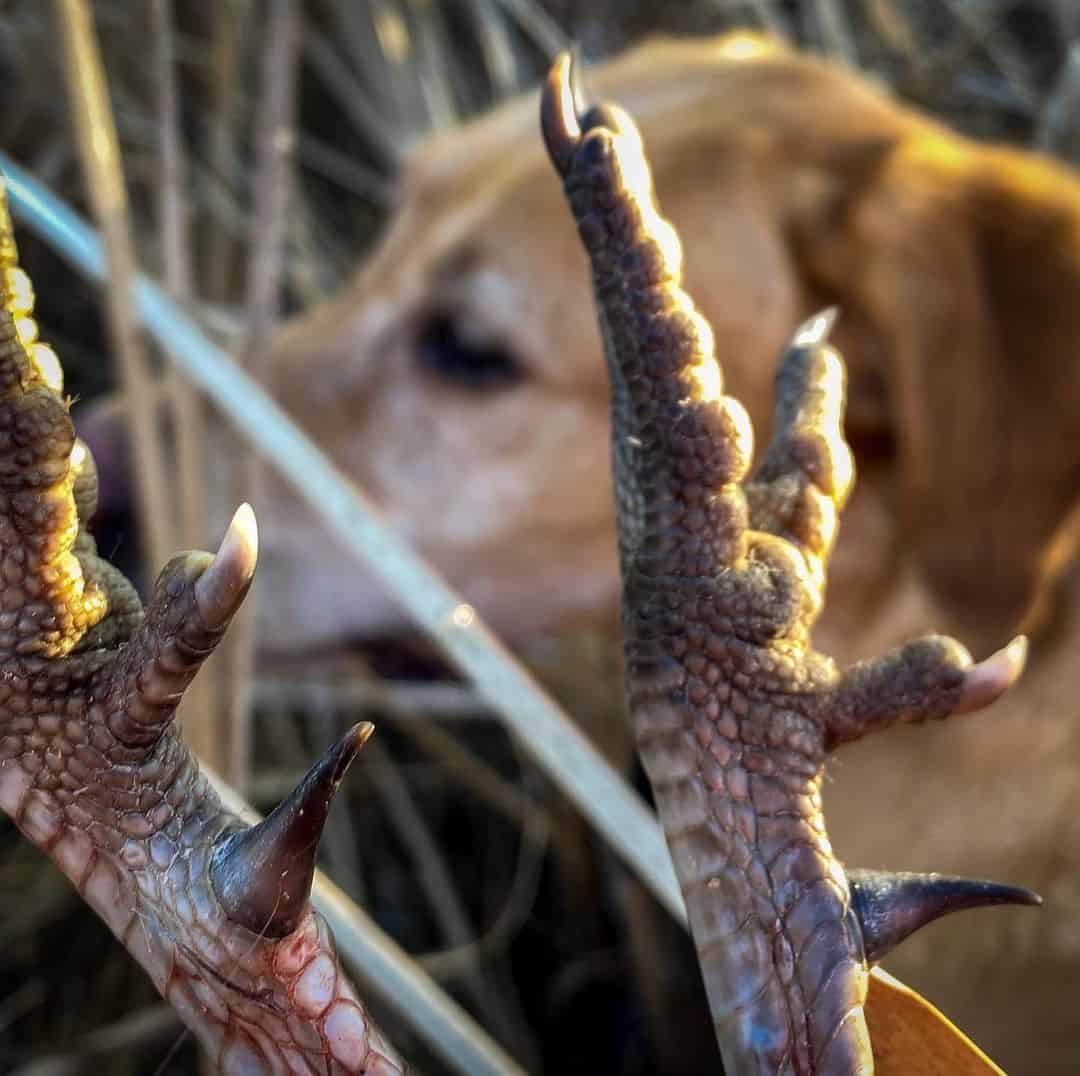
Now that you know the basics, you might as well learn about how to care for a rooster that is healing from spur removal. Here’s what farmers and chicken keepers should know about this:
- No blood, no downtime. In most cases, there is no reason to give a rooster any downtime. If you don’t see bleeding or signs of pain post-removal, just let the rooster enjoy his time around the coop. He’s fine!
- If you see blood, apply cornstarch or styptic powder to the wound. You should always stop cutting as soon as you see blood. Stopping the bleeding is a must if you want to keep your roosters safe and healthy.
- Keep an eye on the back of the rooster’s legs for the next couple of weeks. If you trimmed close to the bone, you want to monitor their health. Watch for signs of infection.
- Don’t cut the quick. The quick is the sensitive, fleshy part under the spur sheath. Cutting this can harm your chicken, cause distress, and also lead to infections. If you cut it, get to a vet (if it’s severe) or add anti-bleeding powders to it.
- If spurs skeeve you out, consider getting a breed that doesn’t grow them. Not all breeds tend to get spurs. This is an “old school” trait that isn’t found in industrial chicken breeds. Opting for a spur-free rooster may be a smart move for your flock.
- Recognize how far the quick grows in a typical rooster. If you have a rooster with spurs, you can typically expect the spur’s quick to end around half an inch from the bird’s shank.
Conclusion
If you want to trim your rooster’s spurs, you probably have good reason to do it. It can be beneficial for the bird’s health, improve its mobility, and also reduce the chances of problematic behavior between birds.
The safest way to remove a chicken’s spurs is to grind them down using a metal file. It prevents cuts to the quick and also remains fairly pain-free for your bird. If you want to go for a more permanent solution, you can also have a veterinarian permanently remove them.
At the end of the day, getting spurs removed is a typical part of rooster care. Once you get used to the routine, you’ll be fine.

